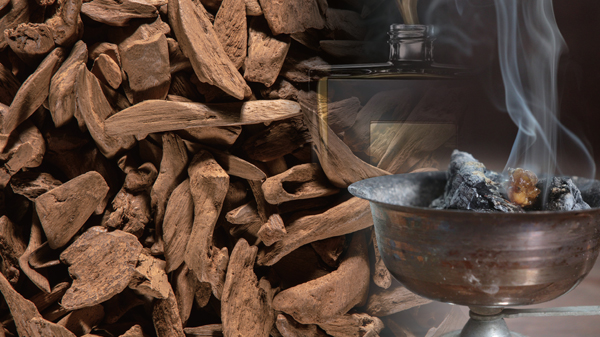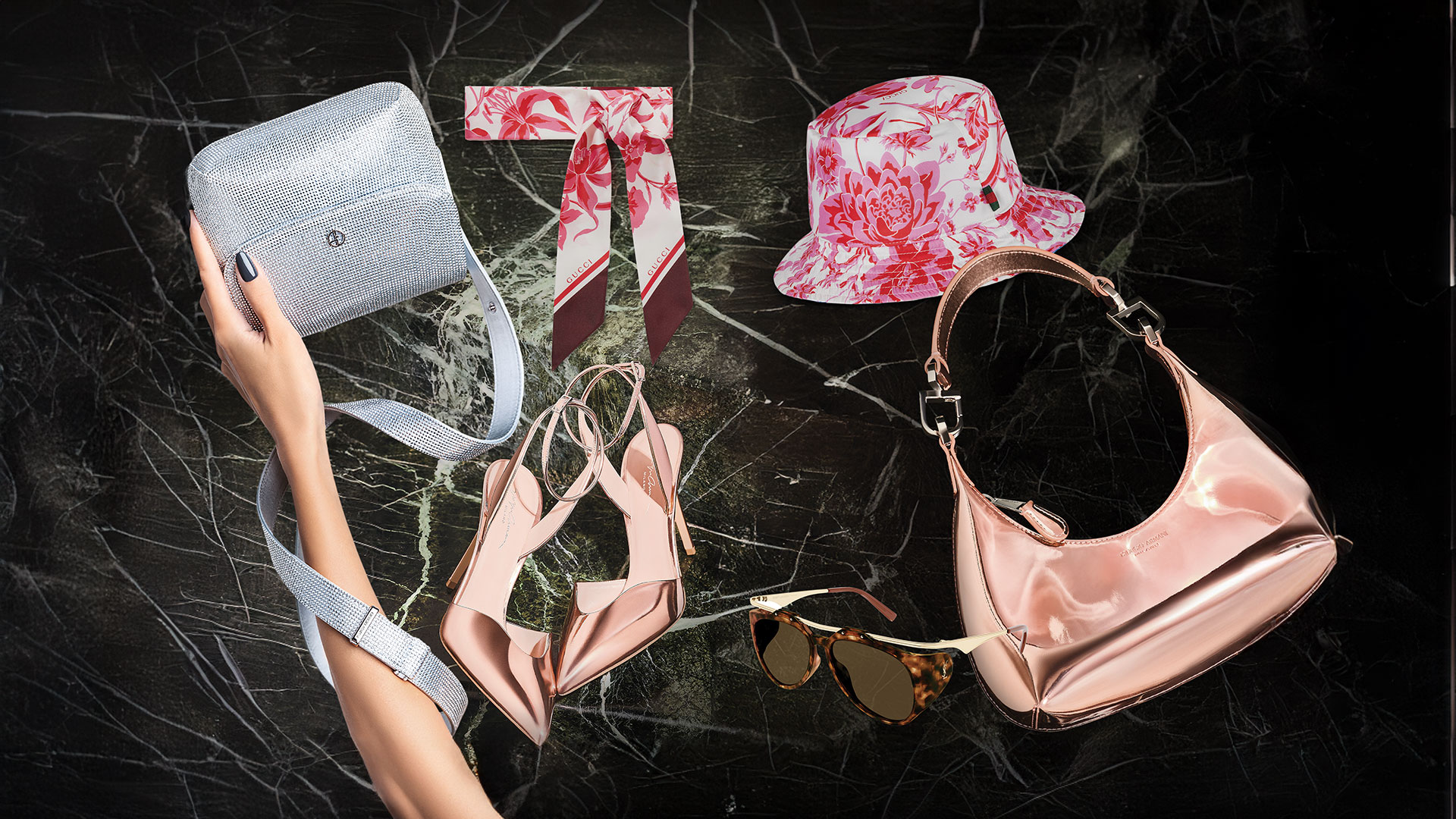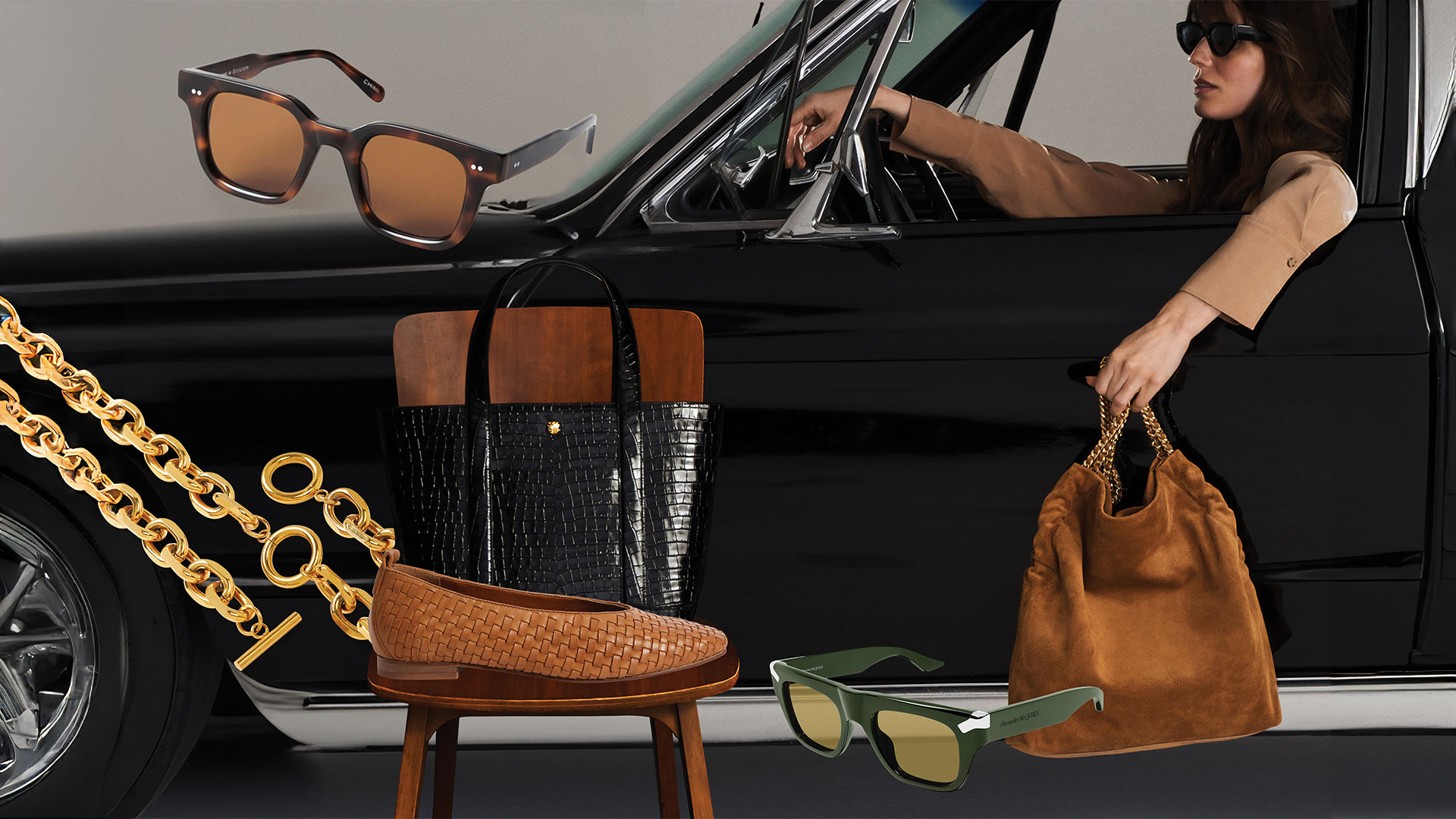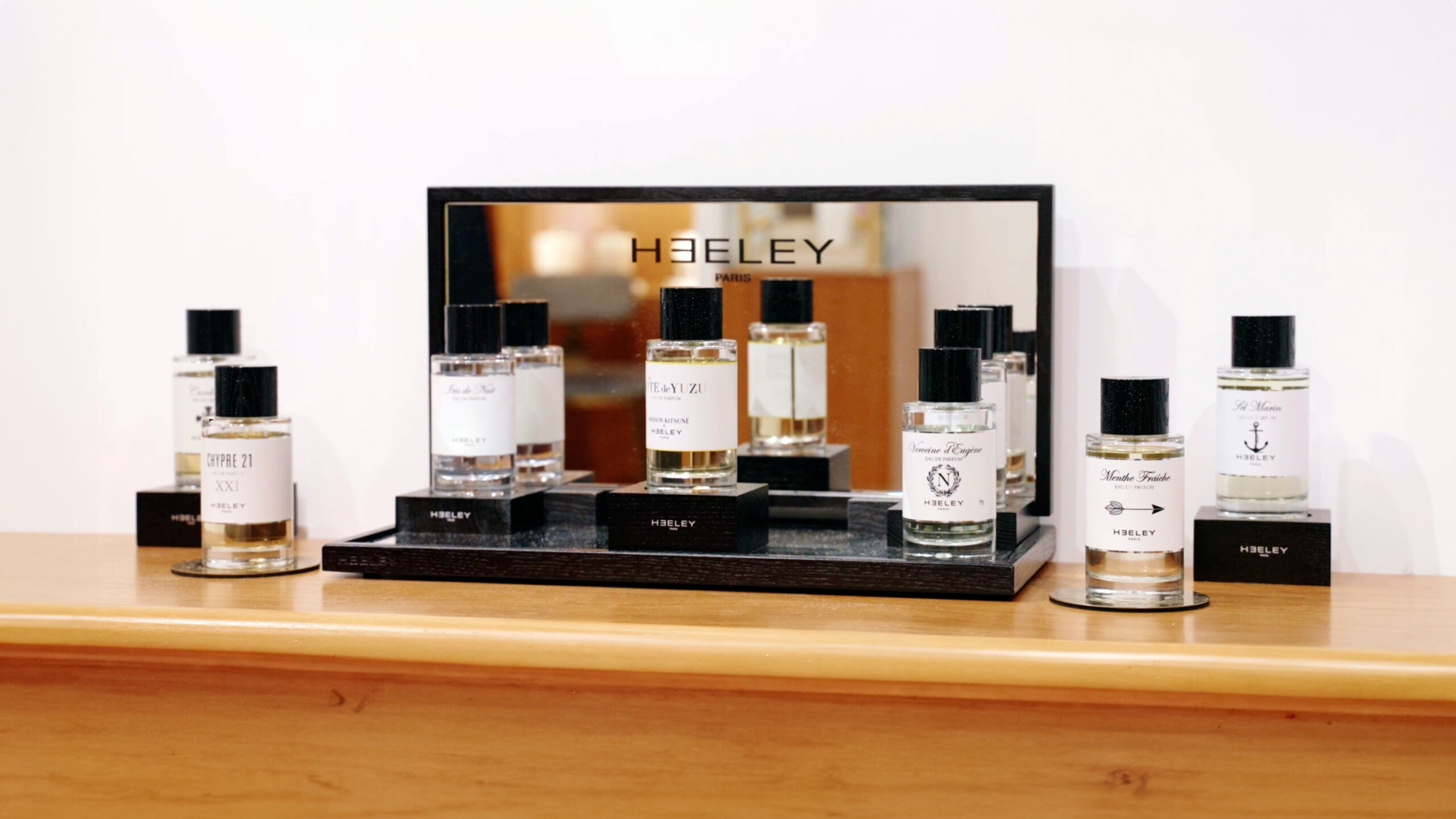
Here’s what makes ❛oud❜ more expensive than gold!
Forget frankincense, and patchouli is so last century. Jasmine? Well, that’s just mundane. There’s a surprising five-star ingredient in the world of luxury scents that has been wafting into the Western consciousness of late. It is intense enough to stir the most jaded nose, and sufficiently surreal to intrigue non-traditionalists. Rich, woody, soft yet smoky; astoundingly rare, exotically precious and more expensive than gold – please give it up for oud.
Fragrance is subjective, yet oud (pronounced ‘oodh’) is the universal, lingering combination of luxury, fantasy and passion, blurring the line between great and extraordinary. Often described as “the scent from heaven” or “liquid gold”, it was ignored by the European master perfumers for thousands of years, but it’s once hidden sensuality is now finally etched in the scent-makers’ palette. Giving a modern spin to this old-world ingredient, they are experimenting with notes and creating strangely irresistible, singular, exclusive and sometimes startling blends.

The Trail of Scent: From Tom Ford to MFK
The scent was first introduced to the Western world by designer Tom Ford in 2007 in his Oud Wood perfume. As Roja Dove Haute Parfumerie in Harrods, London, where the initial collection was showcased, put it:
“Tom Ford creates the most directional fragrances; where he leads, others follow.”
They were right: Jo Malone, Christian Dior, Armani Privé and Maison Francis Kurkdjian tapped into the trend and oud soon became mainstream – if that’s the right word for something so rarefied. The prospect of getting under people’s skin and bagging a share of the fragrance industry’s massive US$31 billion year-on-year revenue stream led to the bottling of an enticing number of such rich, woody, smoky and sensual perfumes.
Visionary French master perfumer Francis Kurkdjian, who boasts a keen understanding of how raw ingredients behave, finds oud fascinating. He’s drawn to its animalistic notes, finding it “a wild beast (yet) to be tamed”. So, what exactly is oud – where does it come from, and what makes it one of the most expensive fragrance ingredients known to the human nose?

Smells like Money
Not a pretty plant, oud is Arabic for wood and is derived exclusively from the agar, a tree in the evergreen Aquilaria family. When the heartwood of agar is infected with a specific type of mould, it oozes a sticky, scented resin to protect itself from the parasitic infection. The oil from this resin – oud or agarwood – is extremely precious. There is nothing quite like it in the olfactory world – dark, sensual and intense, kilo for kilo it is more expensive than gold but strangely it’s just an incredibly aromatic anti-fungal!
“The scent has a fruity facet … and a very waxy side. It’s potent animal inflection is powerful, persistent and very special”
The main reason oud is so expensive is its rarity; not every tree gets infected with mould and thus emits the rich resin. For reasons still unknown to science, only some two to seven percent of wild agar trees produce this gooey ‘gold’, and experts claim the very best oud comes from the oldest trees, which are even more scant. Lower quality oud may cost about US$5,000 per kilogram, but the finest variety of Cambodian oud can easily command beyond 10 times that price. But price is directly proportional to ageing – a decade ago, an anonymous collector gave US$7,000 for barely half a teaspoon of pure oud oil made in 1982 for Sultan Qaboos of Oman from 100-year-old agarwood trees.

History of Agarwood
Writings from the Tang and Song Dynasties show agarwood was a valued commodity in China. Its intoxicating scent was revered across religions and there is evidence of it being extracted for fragrance in Vietnam as early as the third century A.D.
Renowned for his heady, enchanting perfumes, Kurkdjian travelled to Laos and Cambodia to source a “very specific type of oud, aged for 15 years and harvested with the strictest quality standards”. The scent, which infuses the maison’s Oud eau de parfum, has “a very fruity facet, reminiscent of peach and saffron, and has a very waxy side. Its potent animal inflection is powerful, persistent and very special.”
From Assam (India) to Middle East – Thirst for Gold
Oud possesses a cultural significance in the Middle East that is hard for outsiders to grasp. When burned in the house to welcome guests, wafts of the delicious, musky aroma linger in a precious, purified trail. Gifted to wives, bosses and friends, each chip of agarwood tells a different scented story, encapsulating the culture and life of Arabs. There is no such olfactory parallel in the Western realm.

Oud worn in the Middle East smells very different from the scent that infuses today’s Western perfumes. Abdulla Ajmal, third-generation scion of the Ajmal Perfumes family of India, says that foreign perfumers douse the earthiness of oud by blending it with the likes of patchouli, jasmine, bergamo, green neroli and tuberose. Traditionally in the Arab world, the liquid gold stands on its own as an essential oil.
Ajmal Perfumes, which moved to Dubai in the 1970s, has long sourced its high-quality agarwood chips from Assam, India. With rising demand and scarce supply, industry players keep tight-lipped about the exact location of the aromatic wood. “Everyone has their sources and they’re protective about them,” says Ajmal. “Only dealers on the ground know where the wild Aquilaria forests exist and haven’t yet been destroyed.”
“Only dealers on the ground know where the wild Aquilaria forests exist and haven’t yet been destroyed”
The chance occurrence of resin formation has led to considerable swathes of Aquilaria trees being destroyed. One can’t look at a tree and tell if its trunk is infected with oud, so farmers chop them down in the hope of extracting huge rewards. This has gone on for centuries, leaving the tree endangered in most Southeast Asian countries.

As the stock of 100-year-old agarwood borders on extinction, several perfumers have established their own plantations. When the tree reaches maturity, it is injected with the artificial bacterium to cultivate oud. Chemically, the experiment is a success, though Ajmal says this fragrance pales in comparison to what his grandfather could gather a few decades ago.
The staggering shortage has prompted some fragrance houses to turn to synthetic, lab-made oud, but it’s not an easy substance to mimic. Ajmal notes, you can smell the “cheap, artificial stuff from 50 feet”. It is, indeed, not the rich, woody, smoky, animalistic scent we have come to treasure.
The full version of this feature appears on Gafencu Magazine’s January 2022 print issue as ❝Ode to Oud❞ by Nikita Mishra. Download the free app (iOS, Android) for digital editions of the magazine.
Also Read: Ruling the Roast: Charting the rise of coffee culture around the world







